Features
07.10.23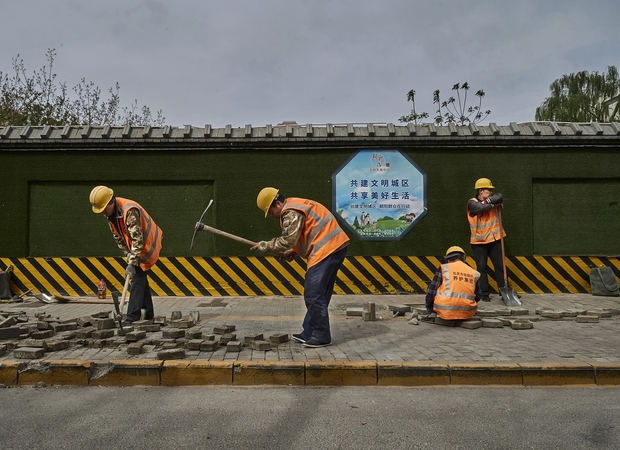
For Beijing, Putting People Back to Work May Prove a Tough Job
In a small Chinese town where unemployment has run high during the COVID-19 pandemic, the local government has embraced a surprising remedy to joblessness: public toilets. Fugong Village, in Guangdong province, usually sees nearly half of its small...
Viewpoint
09.02.21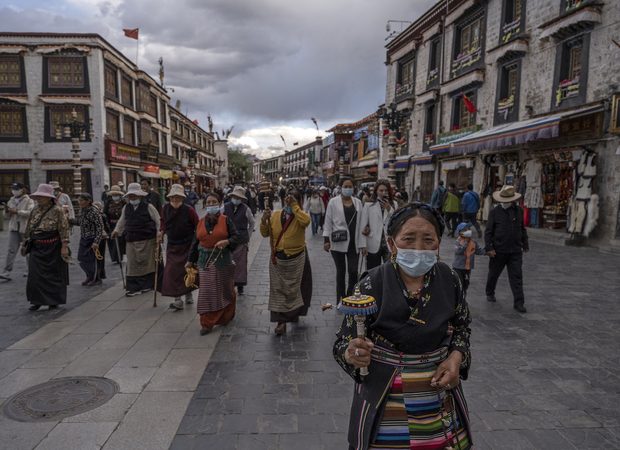
How Much Does Beijing Control the Ethnic Makeup of Tibet?
The idea of swamping, which the Dalai Lama himself elaborated in 2008, holds that China’s government has been seeking to solve its problems in Tibet and other “ethnic minority” areas such as Xinjiang by turning local indigenous ethnic groups (such...
Books
10.08.19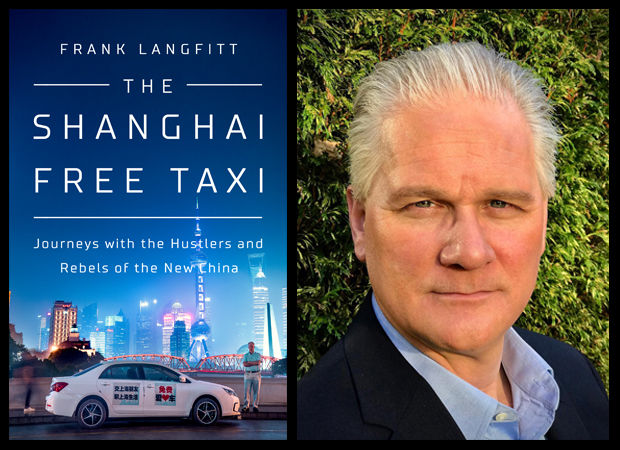
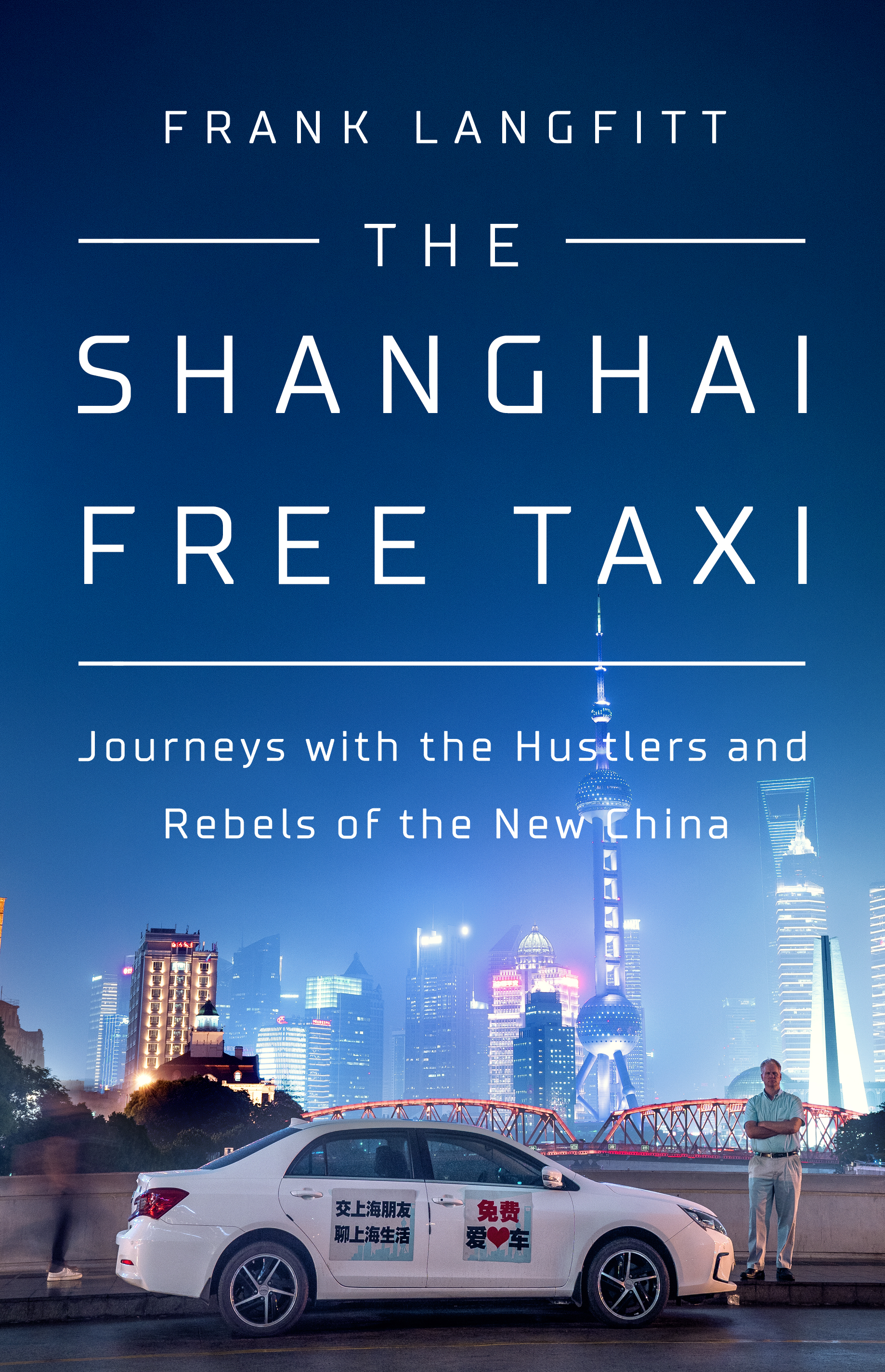
The Shanghai Free Taxi
Public Affairs: China—America’s most important competitor—is at a turning point. With economic growth slowing, Chinese people face inequality and uncertainty as their leaders tighten control at home and project power abroad.NPR correspondent Frank Langfitt describes how he created a free taxi service—offering rides in exchange for illuminating conversation—to go beyond the headlines and get to know a wide range of colorful, compelling characters representative of the new China. They include folks like “Beer,” a slippery salesman who tries to sell Langfitt a used car; Rocky, a farm boy turned Shanghai lawyer; and Chen, who runs an underground Christian church and moves his family to America in search of a better, freer life.
Books
09.20.17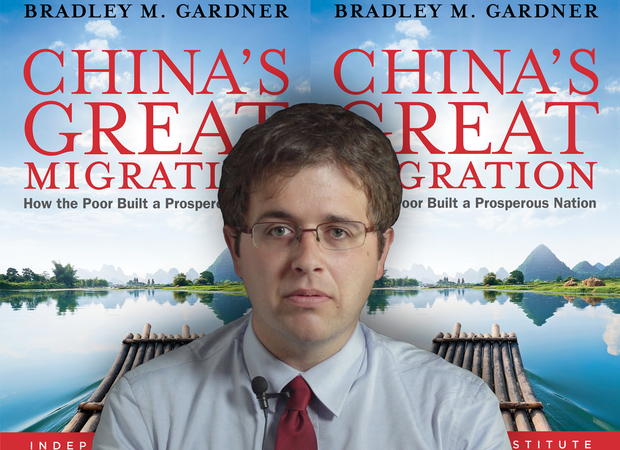
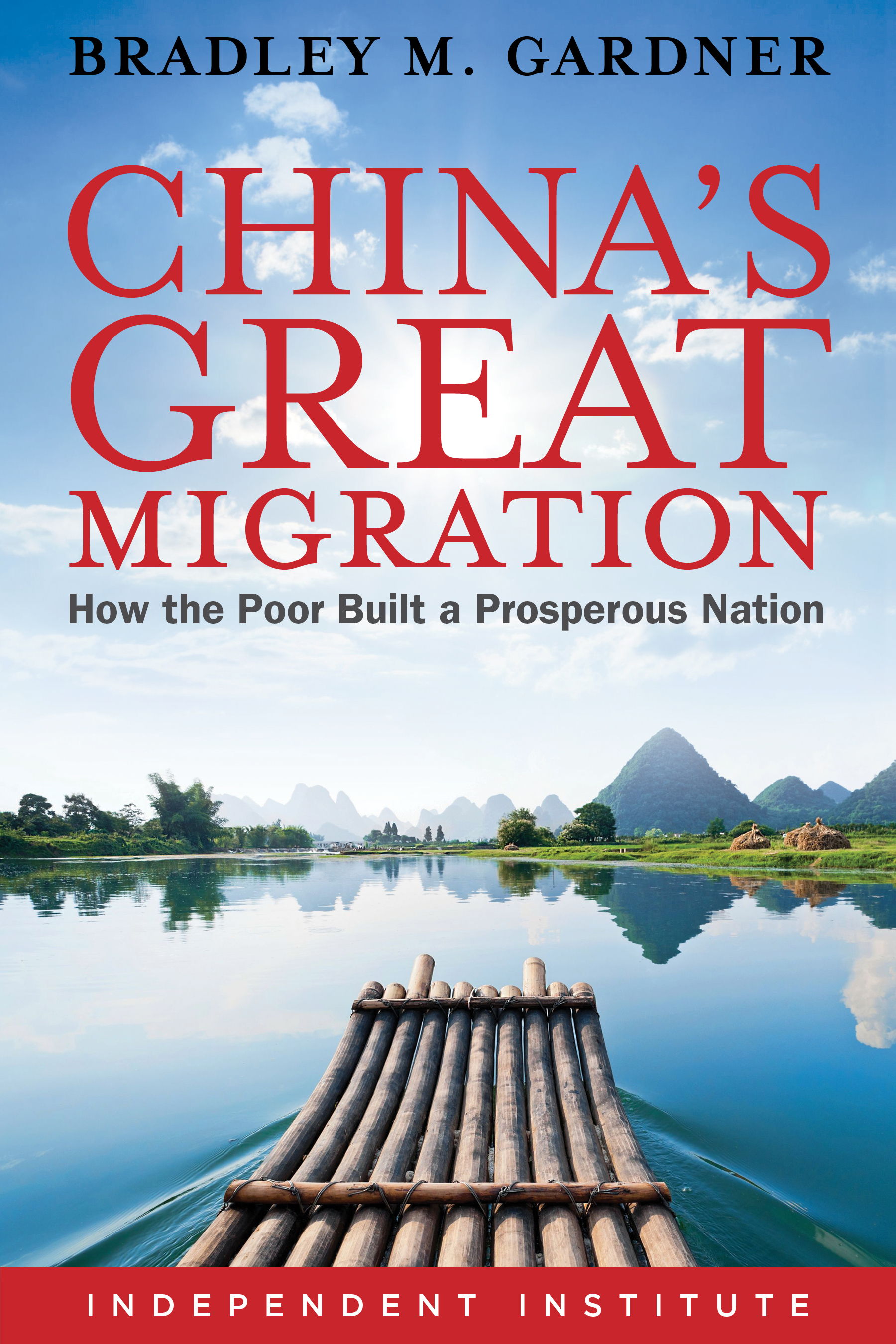
China’s Great Migration
China’s rise over the past several decades has lifted more than half of its population out of poverty and reshaped the global economy. What has caused this dramatic transformation? In China’s Great Migration: How the Poor Built a Prosperous Nation, author Bradley Gardner looks at one of the most important but least discussed forces pushing China’s economic development: the migration of more than 260 million people from their birthplaces to China’s most economically vibrant cities. By combining an analysis of China’s political economy with current scholarship on the role of migration in economic development, China’s Great Migration shows how the largest economic migration in the history of the world has led to a bottom-up transformation of China.Gardner draws from his experience as a researcher and journalist working in China to investigate why people chose to migrate and the social and political consequences of their decisions. In the aftermath of China’s Cultural Revolution, the collapse of totalitarian government control allowed millions of people to skirt migration restrictions and move to China’s growing cities, where they offered a massive pool of labor that propelled industrial development, foreign investment, and urbanization. Struggling to respond to the demands of these migrants, the Chinese government loosened its grip on the economy, strengthening property rights and allowing migrants to employ themselves and each other, spurring the Chinese economic miracle.More than simply a narrative of economic progress, China’s Great Migration tells the human story of China’s transformation, featuring interviews with the men and women whose way of life has been remade. In its pages, readers will learn about the rebirth of a country and millions of lives changed, hear what migration can tell us about the future of China, and discover what China’s development can teach the rest of the world about the role of market liberalization and economic migration in fighting poverty and creating prosperity. —Independent Institute{chop}
Green Space
05.18.16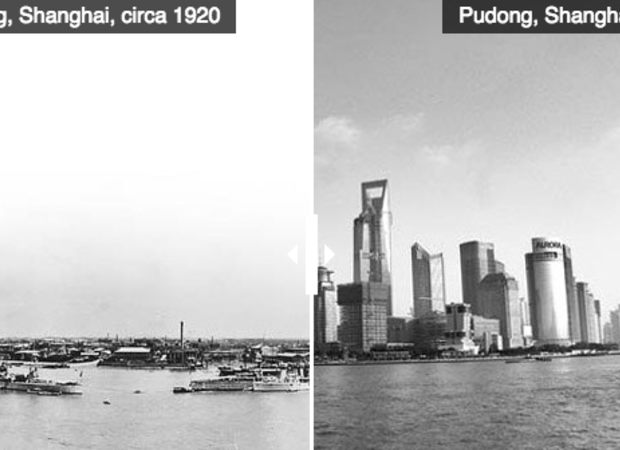
Time Traveling Through Dramatic Urbanization in China Over Decades
Twenty-six years ago, only 26 percent of the Chinese population lived in urban areas. Since then, China’s urbanization rate has risen to almost 56 percent, meaning hundreds of millions of people have packed themselves into the country’s 662 cities...
Caixin Media
04.01.16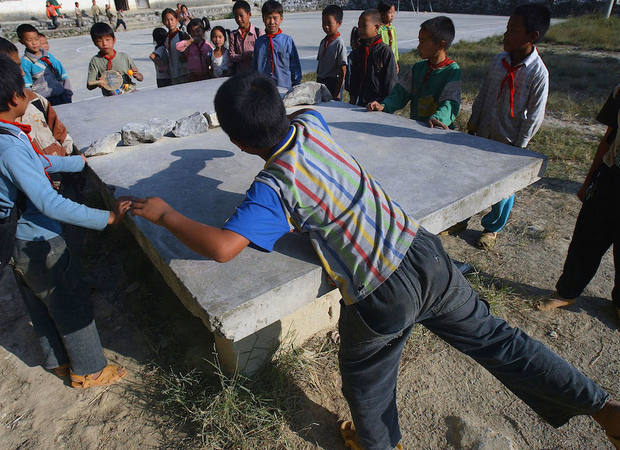
China’s Rural Youngsters Drop Out of School at Alarming Rate
Like many other teenagers in his village in the mountains of the northwestern province of Shaanxi, Chen Youliang decided to quit school early so he could follow in the footsteps of his migrant worker parents and find a job in a big city.Chen, who...
Caixin Media
10.20.15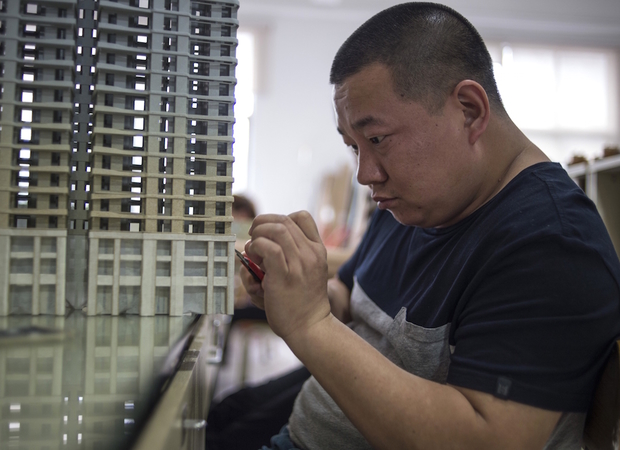
Moving 2 Million People for Beijing’s Urban Reset
Nearly 2 million Beijing residents will be moved to the city’s outlying districts from the center by 2020 as part of a massive urban revamp designed to better control people, traffic, and smog.The movers include up to 1 million government workers...
Infographics
01.09.15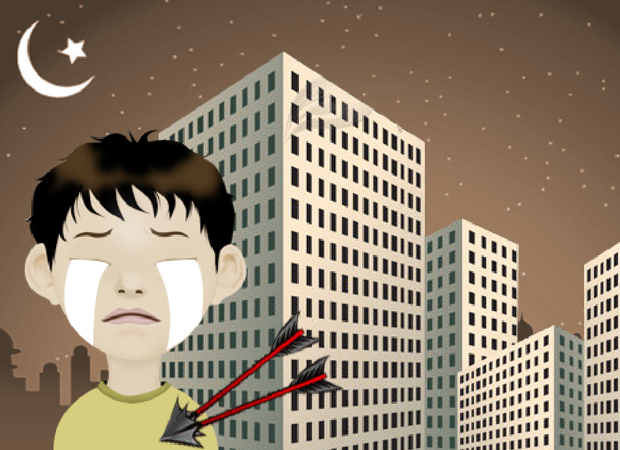
Think Renting in Your City is Bad? Try Beijing
from Sohu
Compared with the numbers of a few years ago, first and second tier cities in China have an oversupply of stock on the housing market. Additionally, restrictions on multiple-home purchases are easing and “expected to be eased completely,” according...
ChinaFile Recommends
01.07.15China to Expand Unemployment Benefits to Lure Migrants to Cities
Reuters
Chinese municipal governments must widen unemployment benefits to residents who are not registered locally, China said on Wednesday, as it dismantles hurdles to urbanization efforts by easing conditions for migrant workers.
Video
12.15.14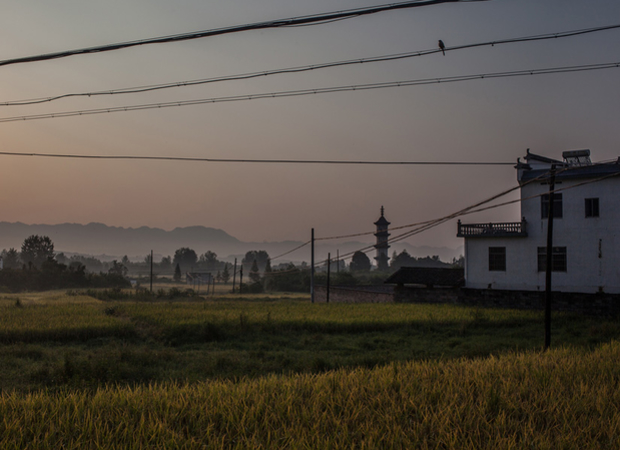
Down to the Countryside
The world has heard much of late about the scale and scope of China’s mass migration from the poor rural countryside to its booming cities. Some think the number of these migrant workers will soon reach some 400 million souls. They have created...
Infographics
05.15.14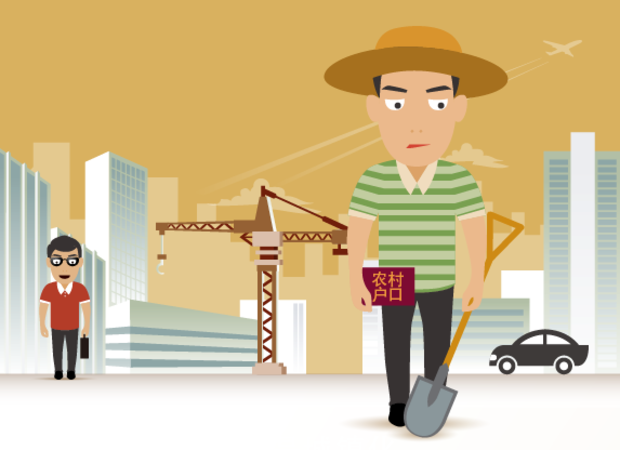
China’s Fake Urbanization
from Sohu
This infographic explains why it is so hard for rural migrants to settle permanently in cities. For starters, city dwellers were the first to get rich after Reform and Opening Up, which created a large income disparity between them and people living...
Infographics
05.02.14
The ‘Nongmin’ Breakdown
from Sohu
Who are China's rural migrant workers?A uniquely Chinese social identity, the category of “rural migrant worker” is a product of China’s urban/rural dichotomy. It refers to a class of citizens no longer employed in the agricultural sector who...
Reports
03.25.14
Urban China
World Bank
This report recommends that China curb rapid urban sprawl by reforming land requisition, give migrants urban residency and equal access to basic public services, and reform local finances by finding stable revenues and by allowing local governments...
Reports
08.27.13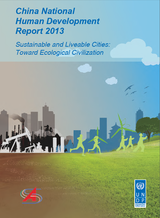
China National Human Development Report 2013
United Nations
China had more urban than rural residents for the first time in 2011. The urbanization rate reached 52.6 percent in 2012, a major milestone with significant implications. In the midst of this urban transformation, China’s leaders have increasingly...
ChinaFile Recommends
07.30.13China Urbanization Cost Could Top $106 Billion a Year
Reuters
The figure is based on the assumption that 25 million people a year settle in cities, with the government spending the money on making sure they enjoy the same benefits in healthcare, housing and schools that city residents have, the Chinese Academy...
ChinaFile Recommends
06.18.13China’s Great Uprooting: Moving 250 Million Into Cities
New York Times
The ultimate goal of the government’s modernization plan is to fully integrate 70 percent of the country’s population, or roughly 900 million people, into city living by 2025. Currently, only half that number are. &...



